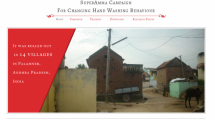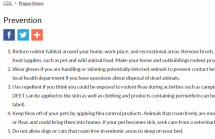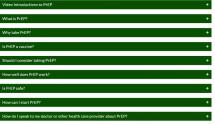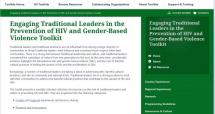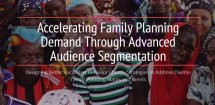StayTeen.org
The goal of Stay Teen is to encourage young people to enjoy their teen years and avoid the responsibilities that come with too-early pregnancy and parenting. The site strives to provide information about issues like sex, relationships, waiting, and contraception, in order to better prepare teens to make informed choices for their future.
The website was created by The National Campaign to Prevent Teen and Unplanned Pregnancy, which states that its goal is to be factual, unbiased, and open to a variety of viewpoints on very sensitive issues. The organization also expresses respect for the teen moms and dads who work hard to ensure that their children can grow up to be happy, healthy teens themselves.
Included on the site are videos, information pages, games, and links to other sites.
Source: National Campaign to Prevent Teen and Unplanned Pregnancy
Date of Publication: March 25, 2019
SIMILIAR RESOURCES
Tools
Examples
- Intersectionality: Race, Gender and Other Aspects of Identity in Social Work with Young People
- Intersectionality 101
- What Does it Mean to Leave No One Behind? A United Nations Development Programme Discussion Paper and Framework for Implementation
- 10 Best Resources on Intersectionality with an Emphasis on Low- and Middle-Income Countries
- A Guide to Successful Public-Private Partnerships for Youth Programs
- Updated Resources and Tools for Reopening Schools and Childcare Programs
- Multi-Sector Partnerships for Preventing Violence
- List of COVID-19 Maps and Visuals (University of Minnesota)
- Toolkit for Transition of Care and Other Services for Adolescents Living with HIV
- COVID-19: Simple Answers to Top Questions Risk Communication Field Guide Questions and Key Messages


